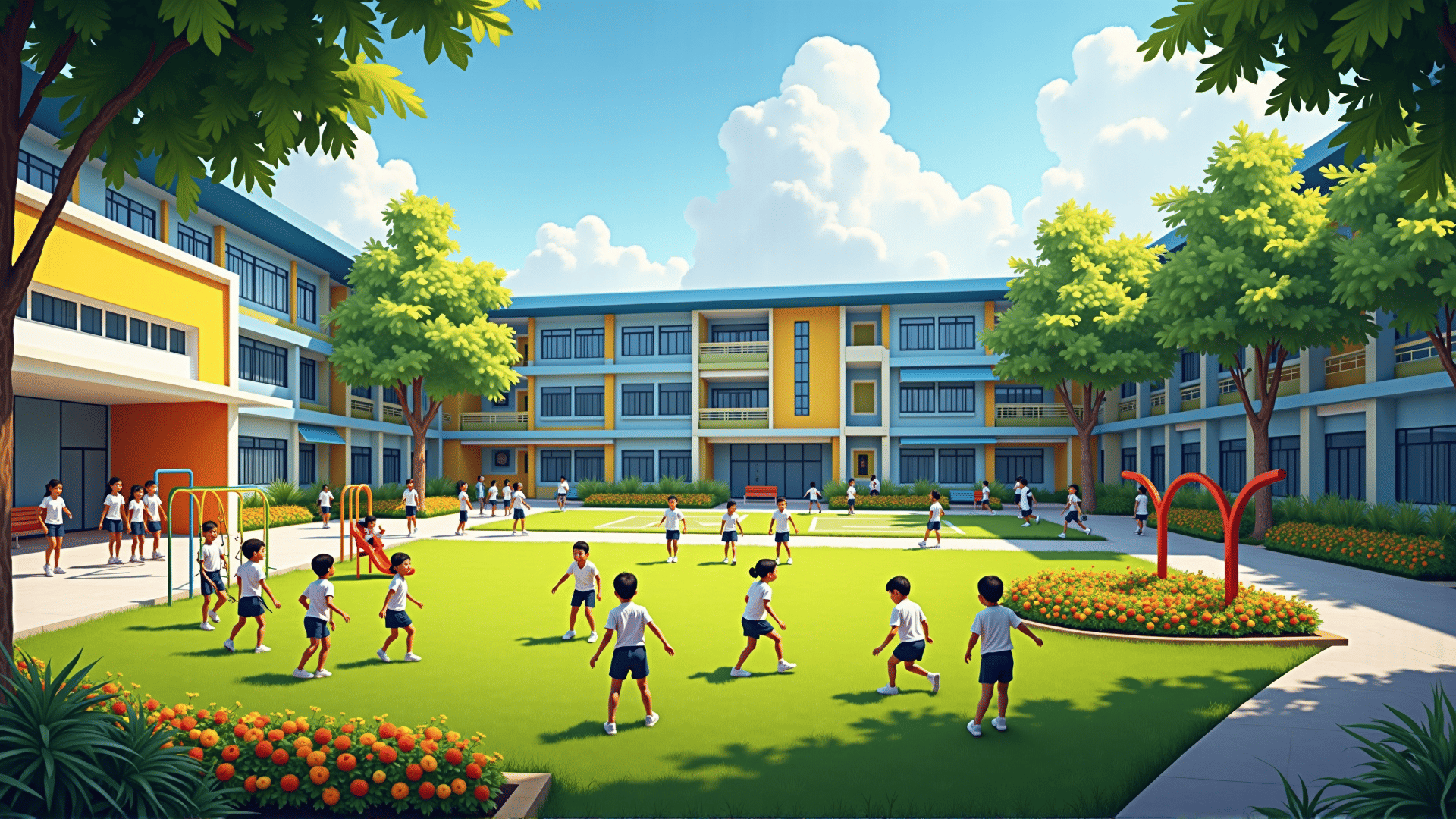Improving the places where students learn is a stepping stone to nurturing future generations. In today's fast-evolving world, having robust and adaptable educational facilities is crucial. These facilities not only shape how students absorb knowledge but also influence their overall educational experience and development.
Modern educational environments are about more than just classrooms. They encompass diverse components, from science laboratories and libraries to sports facilities and art studios, each playing a vital role in fostering a well-rounded education. Upgrading these facilities ensures that students have access to the latest tools and resources needed to thrive in a competitive and dynamic global landscape.
Incorporating technology into educational facilities is no longer optional. Classrooms equipped with smart boards, high-speed internet, and interactive learning tools can significantly enhance teaching and learning processes. These technologies allow educators to deliver more engaging and personalized lessons, catering to different learning styles and paces.
Safety and accessibility are pivotal considerations in the development of educational infrastructure. Ensuring that buildings comply with modern standards protects students and staff while creating an inclusive environment. Features like wheelchair ramps, elevators, and auditory aids make schools accessible to everyone, ensuring no student is left behind.
Environmental sustainability is another aspect gaining prominence in educational infrastructure development. Incorporating green technologies and practices, such as solar panels, energy-efficient lighting, and rainwater harvesting, not only reduces environmental impact but also teaches students the importance of caring for our planet.
In addition to physical improvements, creating welcoming spaces that promote social and emotional learning is essential. Educational facilities should offer areas that encourage collaboration, creativity, and relaxation. Whether it's vibrant common areas or quiet zones for reflection, these spaces contribute to a holistic learning experience.
Ultimately, a commitment to developing and upgrading educational facilities is an investment in the future of our society. By providing students with quality learning environments today, we equip them with the tools necessary to tackle the challenges of tomorrow. Each upgraded facility is a testament to the dedication toward nurturing an educated, innovative, and resilient generation.
